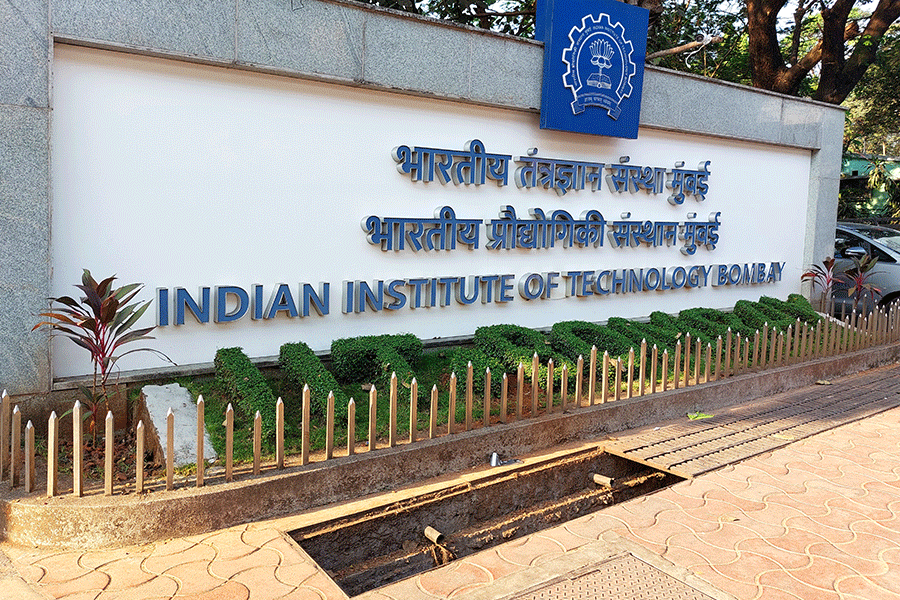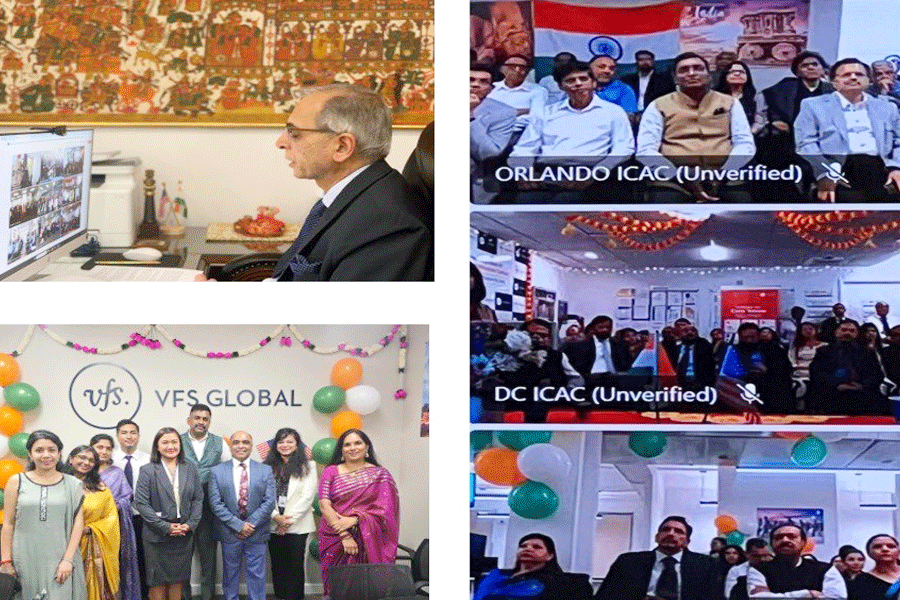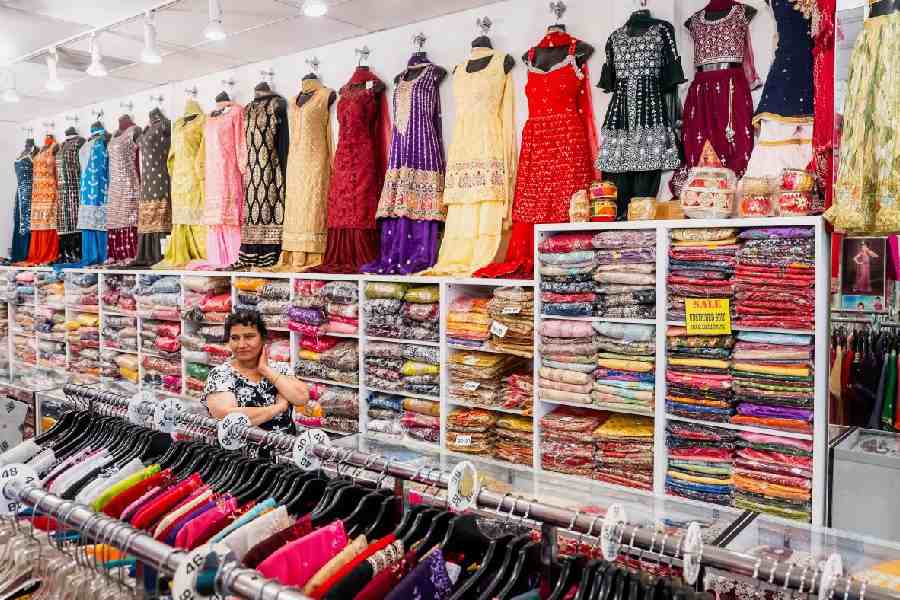 |
| A portion of the Bhopal Taj Mahal. Picture by Saeed Faruqui |
Bhopal, March 7: The Taj Mahal is set to be turned into a heritage hotel.
Yes, it was built by a Shah Jahan. But no, it’s not in Agra.
This Taj is in Bhopal and the ruler who built it was a lady — Nawab Shah Jahan Begum who ruled between 1868 and 1901.
Also, unlike the 17th-century mausoleum constructed by Mughal emperor Shah Jahan, Bhopal’s Taj was built as a royal residence. Spread over 120 rooms, a Sheesh Mahal (glass house) and a pavilion, this Taj is in ruins and desperately needs a facelift.
“We have de-notified it and handed it over to the state’s tourism department. The monument requires a lot of money for its upkeep,” Pankaj Raag, the commissioner of Madhya Pradesh’s archives department, told The Telegraph. “With restoration, Bhopal’s Taj will get back its past glory.”
Mohan Yadav, chairperson, Madhya Pradesh Tourism Development Corporation, confirmed the developments. “Yes, we have received the property,” he said. “We are looking for a private partner to start a heritage hotel as our budget does not allow the kind of investment it requires.”
Yadav said he was looking to replicate the Rajasthan model where many forts, havelis and palaces have been converted into luxury hotels.
Bhopal’s Taj, built over 13 years, reflects multiple influences — British, French, Mughal, Arabic and Indian architecture. But why did Shah Jahan Begum, a connoisseur of art and architecture, name it Taj Mahal?
Apparently, the original name was Raj Mahal. A British official at Bhopal, impressed with the architecture, suggested the palace be renamed Taj Mahal, as the monument at Agra was built by the begum’s namesake. She accepted the suggestion.
The palace is situated close to Taj-ul-Masjid, considered one of Asia’s largest mosques, also built by the begum.
City historian Syed Akhtar Hussain said the begum was so overwhelmed after the palace was completed that she ordered a three-year-long celebration, “Jashan-e-Taj Mahal”.
Hussain, 77, recalled that soon after Independence, the then nawab, Hamidullah Khan, threw open the building as a shelter for refugees from Pakistan. “In hindsight,” he said, “the move proved costly as the refugees stayed in the palace for over four years before a new township came up. The palace got damaged and its beauty was ruined.”
The pavilion — a 50ft-by-50ft gallery in the courtyard — is tipped to be converted into a restaurant.
Archives commissioner Raag said the building was proving difficult to maintain. “It required Rs 50-60 crore which would have taken up the bulk of the budgetary grants given to us,” he said.
A few years ago, Serge Santelli, dean of the School of Architecture in Paris, had visited Bhopal to restore the Taj. He described it as “one of the best palaces in the world”.
City historian Hussain said he wasn’t upset that the palace would be turned into a hotel. “At least, as a heritage hotel, it will survive and may look beautiful,” he said.










